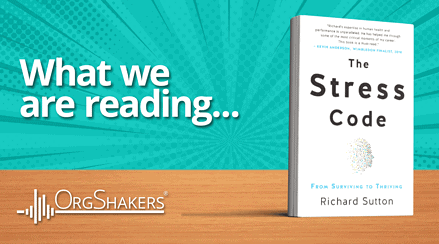Menu

Psychological Safety at Work: Where Do Employers Start?
Health and safety in the workplace has always been paramount, but in recent years the agenda of health and safety has evolved. This is because in the post-COVID era, many employers have realized that psychological safety plays an important role in optimizing team and organization performance. This sentiment is echoed by the workforce; an overwhelming 89% of employees believe that psychological safety in the workplace is essential.
The term psychological safety was coined by Amy C. Edmondson, professor for leadership and management at the Harvard Business Review. She defines this as “a shared belief held by members of a team that the team is safe for interpersonal risk taking”. In other words, employees feel free to brainstorm out loud, voice half-finished thoughts, and openly challenge the status quo.
What tends to get misconstrued, however, is the idea that a psychologically safe work environment is one where everyone is always nice and agreeable. While psychological safety encourages openness and the freedom to express any and all ideas without fear of judgment, it does not diminish the importance of debate and disagreement. Instead, it is about creating an environment where everyone knows that disagreements can be worked through and resolved together.
Knowing what you are trying to achieve from creating psychological safety is extremely helpful when it comes to strategically mapping out the path to get there. The above definition can serve as a starting point; specific considerations may be taken into account based on a company’s unique culture.
So, when building psychological safety, where is the best place to start?
First, a leader must have a realistic and accurate understanding of their personal impact on the workforce. For almost 70% of people, their manager has more impact on their mental health than their therapist or doctor, so it is important for a manager to be able to acknowledge and accept the role they play – and the influence they have – in creating a healthy working environment.
Next, define the desired outcome from creating psychological safety. From there, pinpoint the behavioral and organizational culture changes that need to be made to achieve the desired outcome. Several key components of psychological safety involve skills such as active listening, compassion, recognition, and inclusion. But it is also about feeling safe to be wrong, to take risks without fear of retaliation, and to work through healthy challenges rather than defending against accusation.
Creating this environment takes time. Those employers who are willing to make the effort to delve beneath the surface level needs of psychological safety are the ones who can unlock its greater benefits: increased productivity, higher engagement, fewer absences, more effective collaboration, and a stronger commitment to the organization.
Psychological safety cannot be built overnight, and mapping the path to achieve it requires intentional and thoughtful action – as well as the right support. This is where OrgShakers can help, from coaching your leaders to identify their impact on the team to pinpointing exactly what cultural strategies will best align with the needs of your company to ensure employees feel psychologically safe at work.
If you would like to discuss our services in more detail, please get in touch with me at amanda@orgshakers.com



